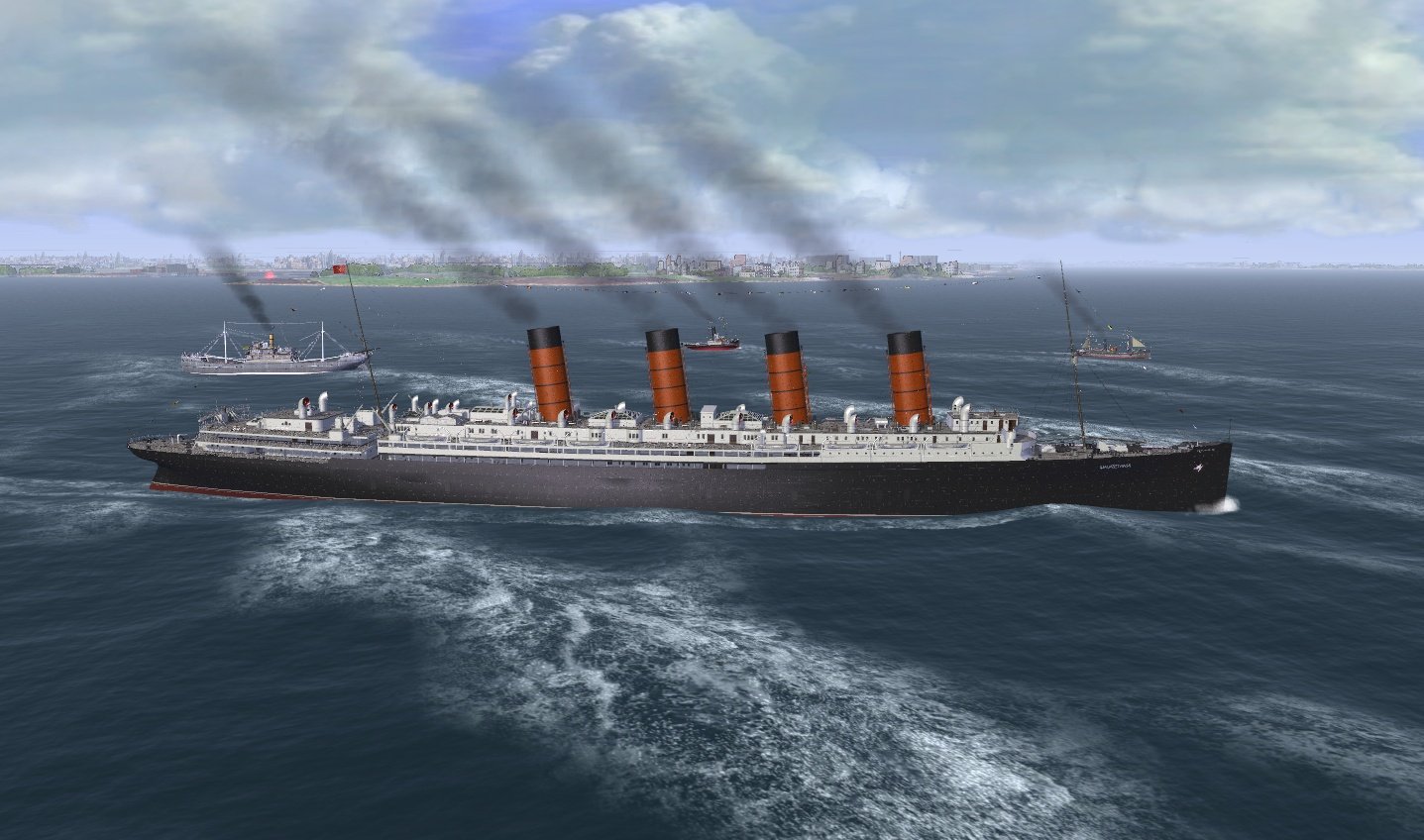
The great navies of the belligerent nations met on only a few occasions, and while there were a greater number of smaller fleet actions, for the most part naval actions involved only a handful of ships. 10 Nevertheless, the German navy had developed into a professional, well-trained force with formidable vessels that considered itself the equal to the Royal Navy in all but numerical advantage. With the British Isles acting as a breakwater between Germany and the open oceans, this supremacy kept the German navy largely confined to harbour, especially as the Kaiser feared the loss of any of Germany’s large battleships. Table 1.1 Naval vessels of belligerent countries by type and number 8 Table 1.1 below illustrates the relative sizes of the belligerent navies, though the numbers are debatable given the pace of construction of new vessels and the difficulty in vessel type classification.

7 By the middle of 1914, Britain had considerably more vessels, and larger vessels, than the German navy, and together with those of its allies, France, Russian and Japan, the Allies had a numerical advantage over the German and Austro-Hungarian navies of three to one. The largest, quickest and most powerful vessel afloat, HMS Dreadnought 6 was a culmination of vessels designed for visual impact and power where size and might trumped combat effectiveness. The great naval race that followed increased both the number and size of battleships, culminating in the launching of the HMS Dreadnought in 1906. 4 The Royal Navy alone secured Britain’s economy, ensuring not only that food and raw materials entered Britain and that many manufacturing goods left, but also that the City of London remained at the centre of international finance. Without any fleet at all, Germany would remain the greatest power in Europe’. Arthur Balfour, former British prime minister, wrote: ‘ithout a Superior fleet, Britain would no longer count as a power. But for Germany, this increase in the navy, though unintentional, threatened British interests. Given its lack of an extensive colonial presence, Germany’s desire for greater world influence was manifested through its presence in the only part of the world not subject to State sovereignty – the high seas. 2 It was also partly Germany’s desire for international influence, and Alfred von Tirpitz’s 3 view that a strong navy was necessary to achieve this. In part, the development of the German Imperial Navy (Kaiserliche Marine) was the Kaiser’s desire to impress, and be accepted by, his English relatives. 1 Kaiser Wilhelm II came to power in 1888, and took a keen interest in naval affairs, having been greatly influenced in his youth by observing the Royal Navy. It had, however, missed the great colonial scramble that had occurred in the nineteenth century. With this industrialisation and growing regional power, Germany sought to expand its influence. From the late 1800s, however, Germany had begun a process of rapid industrialisation, particularly from 1890 to 1914 during which it reached and overtook Britain in heavy industry such as steel and coal production. For centuries too, Britain had led the world’s industrial development and manufacturing output. While other nations, such as the US, France, Russia and Japan had sought to develop and enhance their naval power, none matched that of Britain. 1.2 NAVAL POWER AS A PRECURSOR TO WARįor centuries, Britain had ruled the seas and, through this, created an unparalleled empire by the end of the nineteenth century. This chapter introduces the combatant States the geographical extent of the naval engagements the nature of the battling fleets the involvement of the merchant fleet and the rate and extent of losses, particularly human losses.


The chapter does not attempt a history of the war at sea, but does focus on the historical contexts that affect the way in which various legacy wrecks are viewed and the values that they embody which are discussed in Chapter 2. This chapter seeks to illustrate the stock of wrecked vessels, aircraft and objects that comprises the sunken legacy of WWI by setting the losses in their historical context.


 0 kommentar(er)
0 kommentar(er)
